中薗 真幸 (川辺仏壇塗り)
インタビュー
中薗 真幸 (川辺仏壇 塗り)
仏壇の漆塗りおよび漆塗りを鏡面にする蠟色(呂色)仕上げを主軸に、漆器製造や文化財の修復も行う。
全国的に見ても廃仏毀釈が日本一厳しかった鹿児島鹿児島に洞穴を掘って信仰していたのが川辺仏壇の始まりと言われ、木地、宮殿、彫刻、蒔絵、塗り、仕上げ、金具の分業を一つの産地で行う。
Masaki Nakazono / Kawanabe Buddhist Altar Lacquering
Nakazono produces lacquerware and restores cultural properties, with his work consisting primarily of lacquering and mirror finishing household Buddhist altars.
Kawanabe Buddhist altars are said to have begun with secret worship in caves in Kagoshima, which saw the fiercest persecution of Buddhism in all of Japan. The separate processes of wooden basis, palace assembly, carving, maki-e (lacquerware decoration), lacquering, and finishing are all done in a single production center.
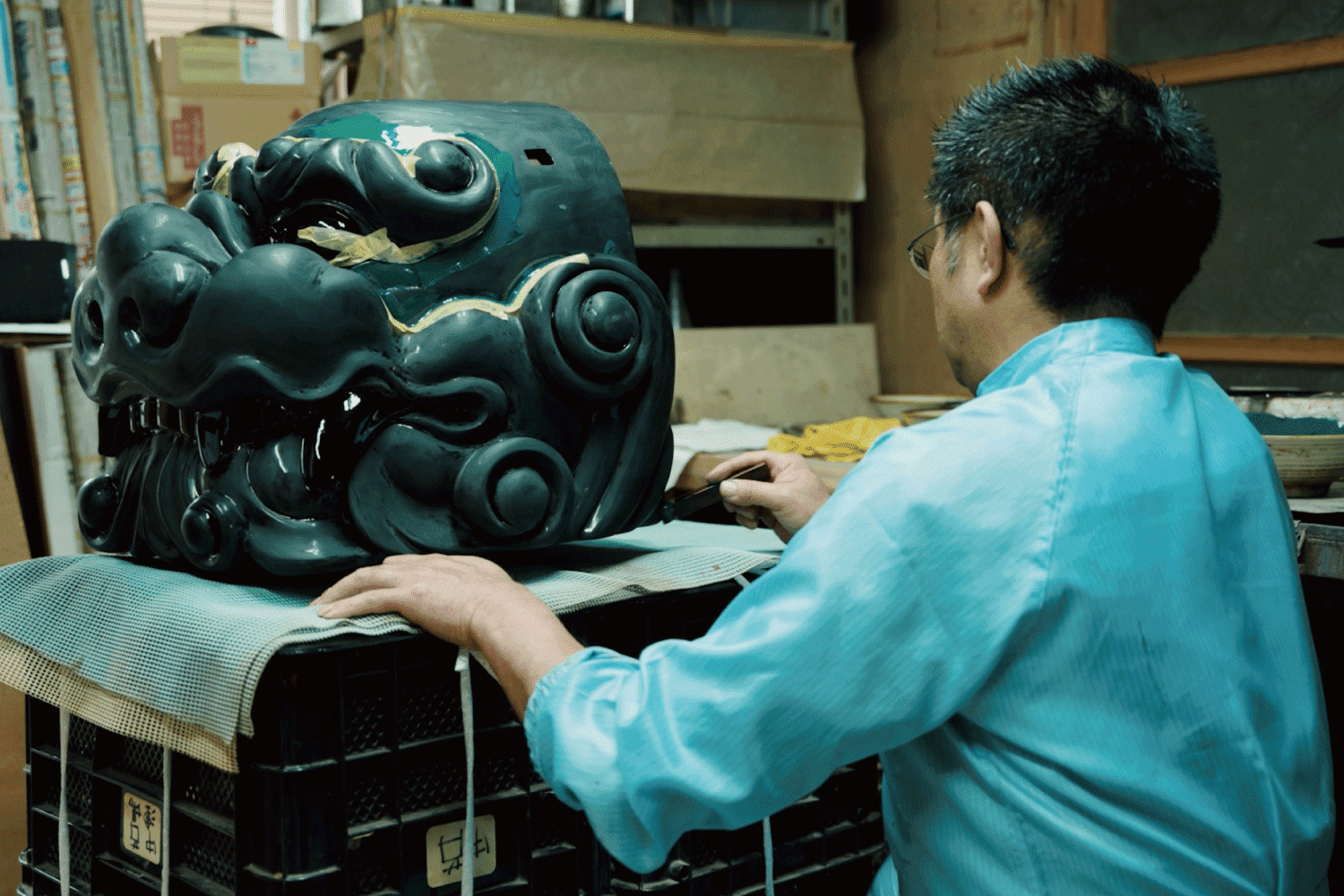
仏壇の需要がだいぶ減ってきて、仏壇の漆塗りをする機会があまり無くなったんですが、一品物の仏壇の製造は増えてきてますね。
あとは、仏壇に限らず漆器や文化財の修復の仕事は増えてきています。
鹿児島はもちろん故郷であって、その土地が好きだから居るんですよね。
産地というものは強いもので、僕1人では出来ないんですよね。
1人だけだったら依頼はないんですけど、産地があるおかげで川辺に仕事をお願いすれば生地から蒔絵から何から何まで全部仕上げてくれるってことで依頼されるわけですから。
その点、産地ということに感謝しています。
時代と共に変化するもので、伝統工芸は日本人が日常の生活の中で使っている物を伝統工芸品だと思っています。
変えていったらいけないことは、素材の重要さですよね。
木製品だったら木製品。上塗りに使う物を漆だったり。
Also, there’s more work not just in Buddhist altars but also in lacquerware and the restoration of cultural properties.
Demand for household Buddhist altars has gone way down, and I don’t have many chances to lacquer Buddhist altars these days, but the production of one-of-a-kind Buddhist altars has gone up.
Of course, Kagoshima is my home, and I’m here because I love this place. Being where Buddhist altars are produced makes a big difference. I could never do this on my own.
If I were on my own, I wouldn’t get any requests, but since there’s a production base, people ask me for my services in Kawanabe knowing that they’ll get everything from base material to gold lacquer, from A to Z. That’s why I’m thankful that this production center exists.
Things change with the times, so I think that the things that Japanese people use in their everyday lives are traditional crafts.
The one thing that must never change is the importance of the materials. With wood products, the wood is what matters. With finishing, it’s the lacquer or what have you.
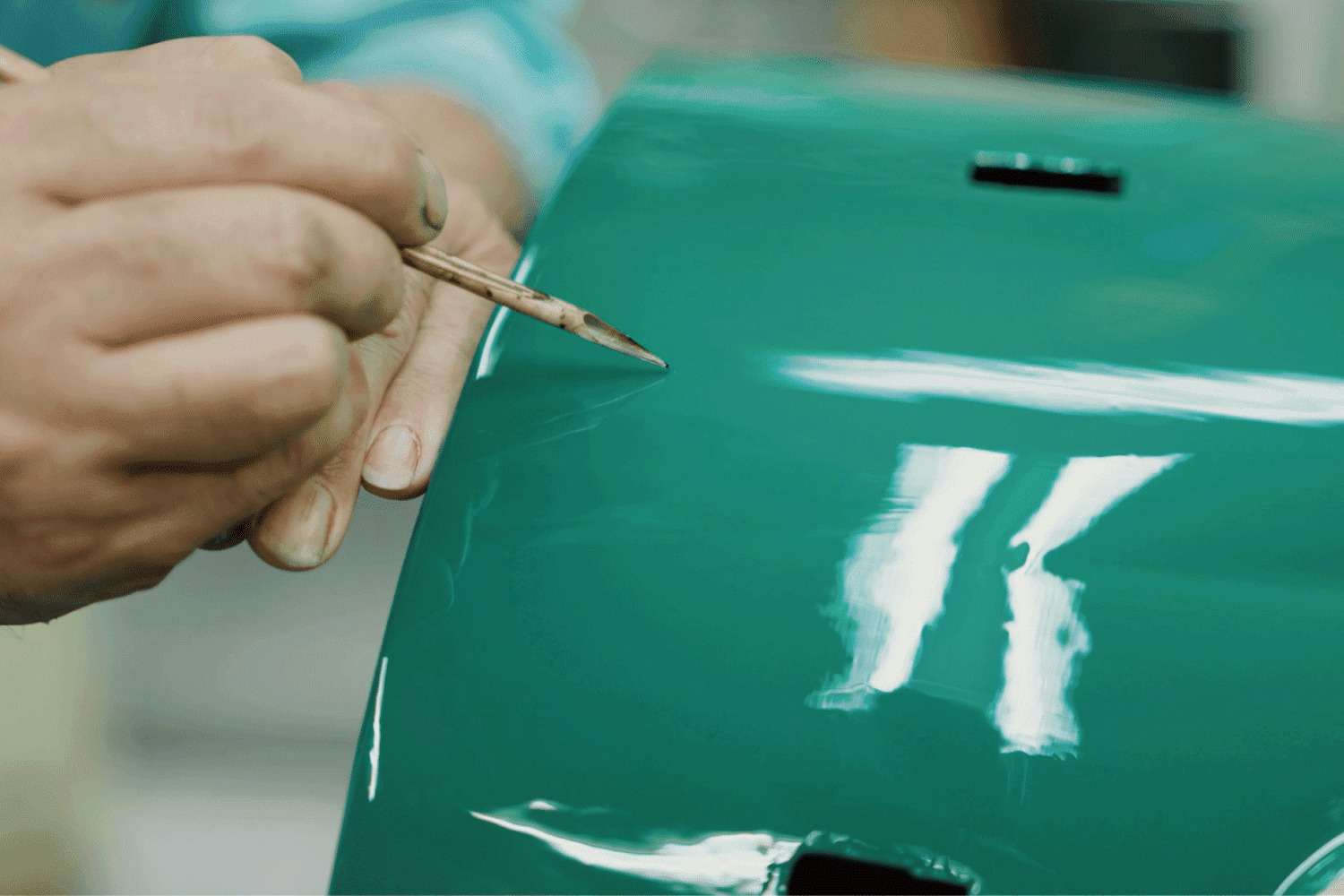
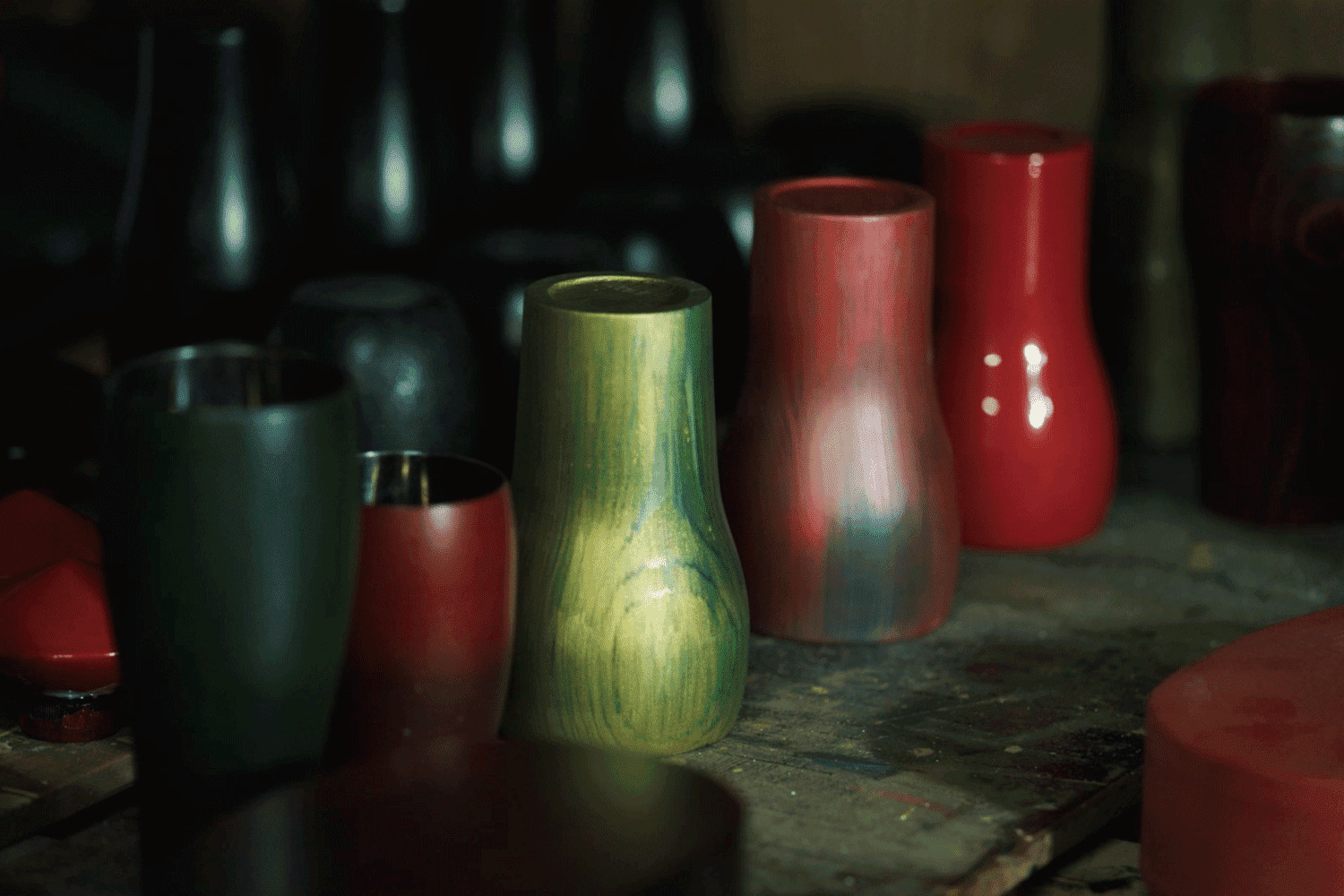
仏壇にしても漆器にしても工業製品ですが、使い捨ての製品ではなくて20~30年、それ以上に修復を繰り返して使えるのが伝統工芸の良さだと思っているんですよ。
なので、工業製品として使い捨ての時代ではない時代になってもらいたいですね。
目標はですね、仏壇に限らず塗る物は全部ですね。
漆塗りだったら何でも引き受けようと思っているんです。
それは漆器に限らず、こんなのに漆を塗れるかと思われるものまで漆を塗ってみたいですね。
出来るかなといつも不安に思うんですけど、結構リスクがあるんです。
でもやってみて、そのリスクを超えた時の職人としての快感があるんですよね。
そこが僕のやりがいです。
Both Buddhist altars and lacquerware are manufactured products, but they’re not disposable; in my opinion, the appeal of traditional crafts is that they can be used for 20−30 years, or even longer with multiple restorations.
So I want to live in a time when items aren’t treated as manufactured products and thrown out.
My goal goes beyond Buddhist altars to everything lacquered. I want to take on anything that involves lacquering.
I want to try lacquering not just lacquerware but also things people would never think could be lacquered.
I’m never sure whether I can do it. It’s pretty risky.
But there’s a rush you get as a craftsman when you try something and transcend that risk.
That’s what makes it rewarding for me.
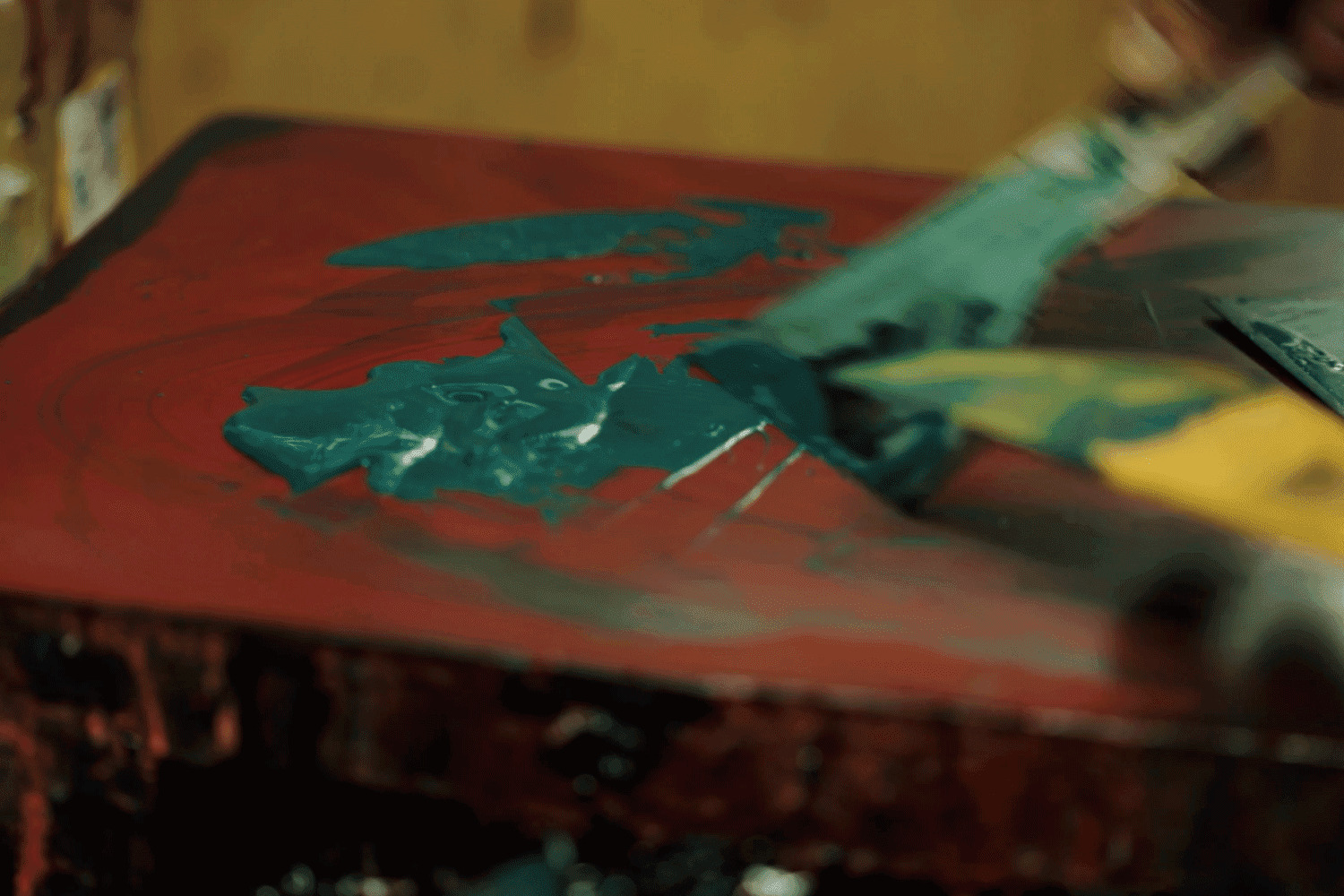
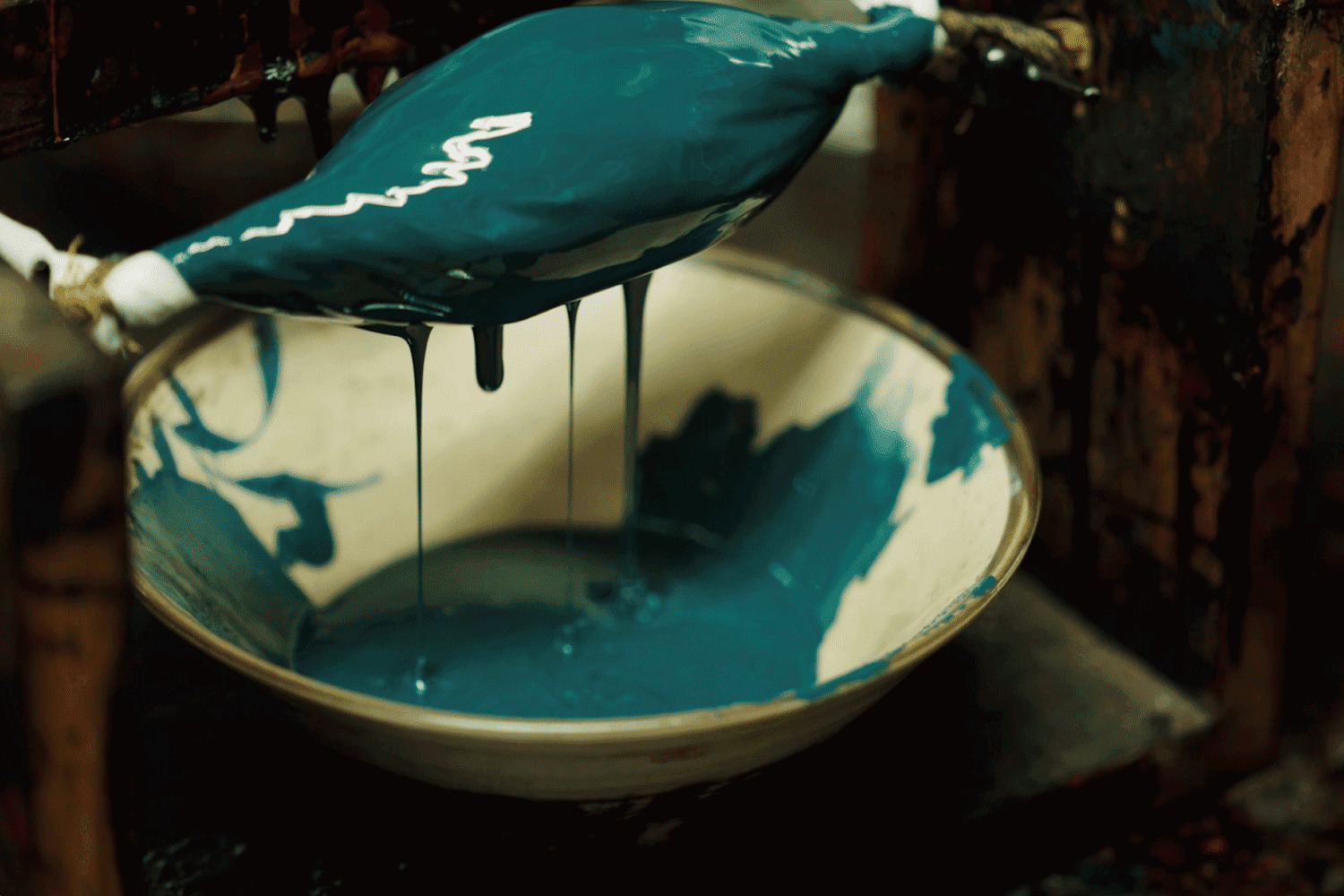
中薗仏壇うるし工芸
中薗 真幸
鹿児島県南九州市川辺町平山5830番地
0993-56-0825
RECOMMEND
-
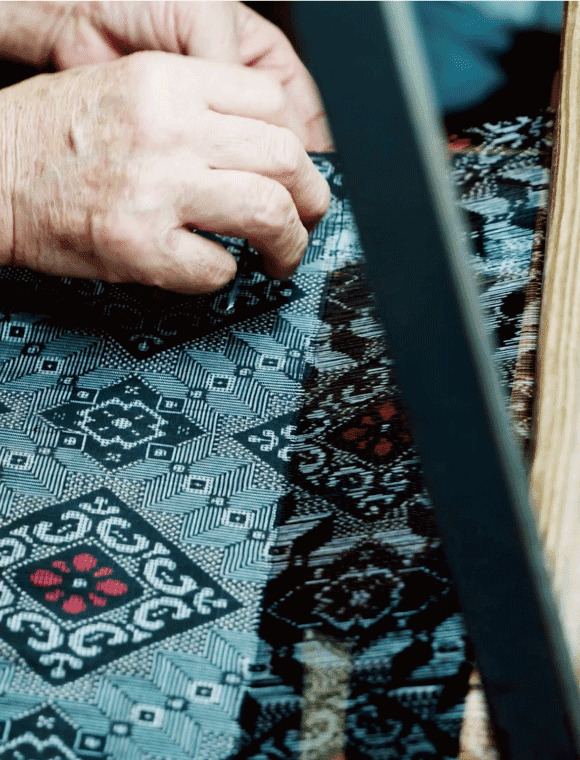 Interview興紬商店 (本場大島紬) インタビュー
Interview興紬商店 (本場大島紬) インタビュー大島紬のデザインを考え職人に発注する織元。大島紬は奄美大島龍郷町発祥とされる絹の手織物で1300年ほどの歴史を持つ。製作は、30を超える工程を島内にいる職人の手作業により分業で行っている。伝統柄は、島の草花や生活用具などをモチーフにしている。
-
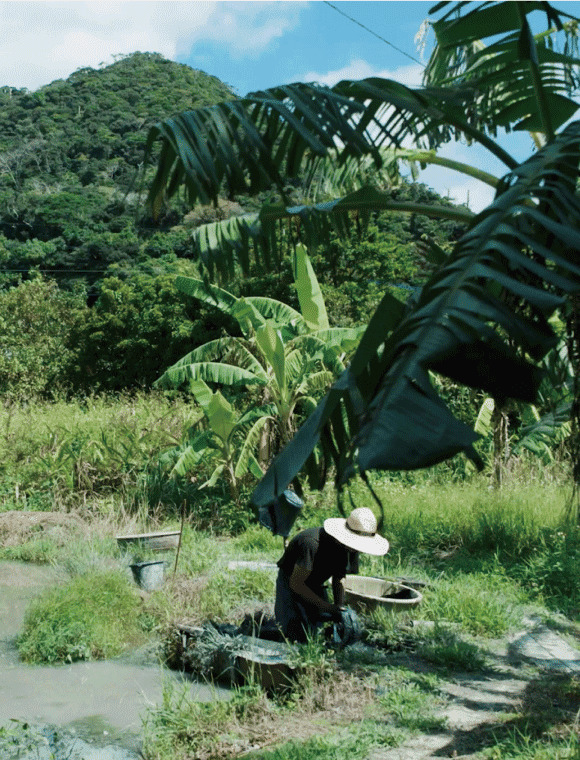 Interview金井 志人 (金井工芸) インタビュー
Interview金井 志人 (金井工芸) インタビュー奄美大島に自生するシャリンバイ(島の言葉ではテーチ木)で染色し、泥の鉄分と化学反応させて色を作る泥染めを行う。伝統工芸品・大島紬に使用する糸を染める仕事を軸に、身の回りのものの染色や色自体を鑑賞する作品やインスタレーションも手掛けている。
-
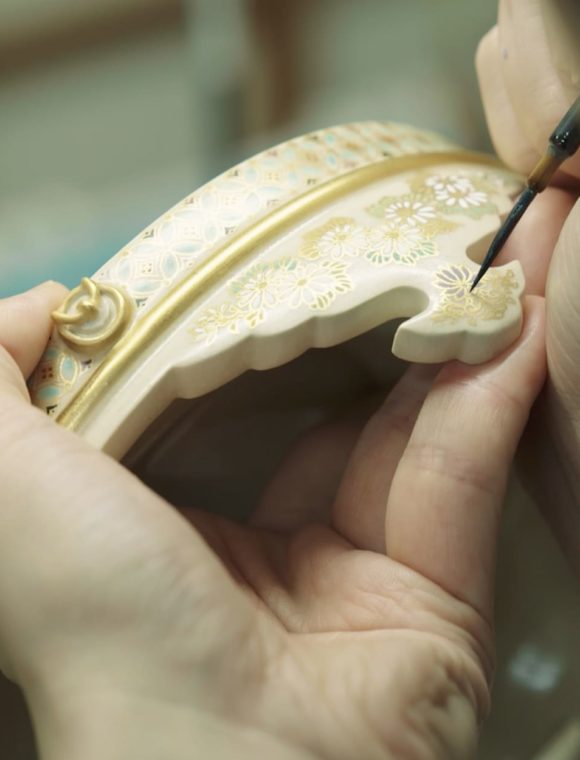 Interview薩摩焼十五代沈壽官 インタビュー
Interview薩摩焼十五代沈壽官 インタビュー1598年豊臣秀吉朝鮮出征の際朝鮮半島より連行された初代・沈当吉以後400年以上にわたり薩摩焼を作り続けてきた。生成された白い粘土に透明な釉薬をかけて作る白薩摩、自然の状態の土を用いた民需品の黒薩摩を、焼き物がなかった地で生み出し、現在に至る。
